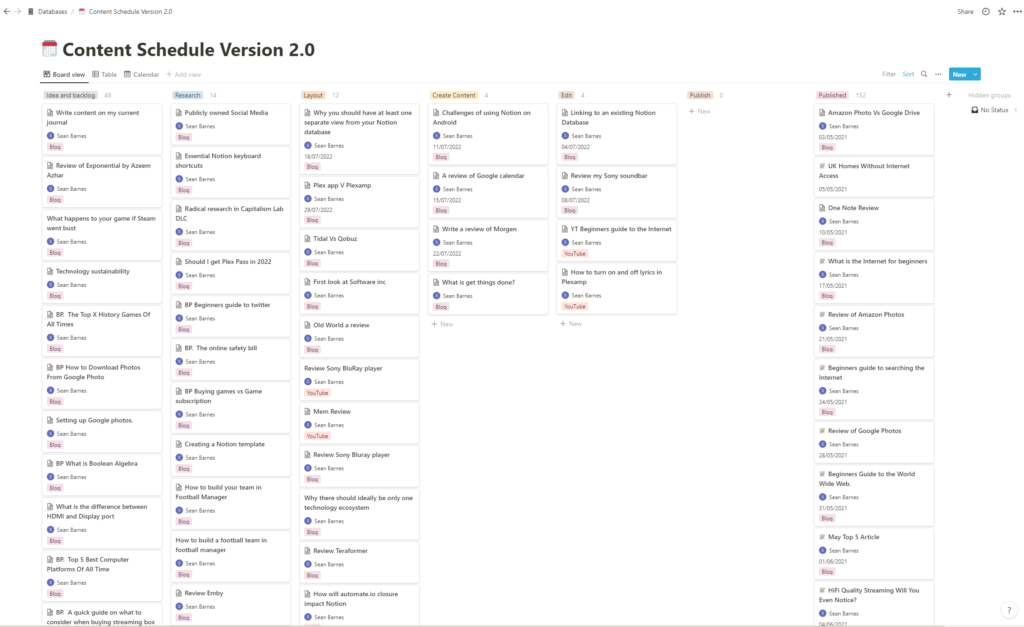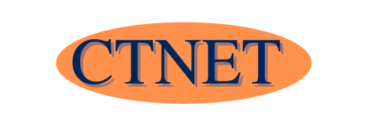Today I’m going to compare Notion productivity tools that can also take notes with Mem, a note-taking application with some productivity capabilities.
I currently use Notion as my primary productivity tool and Obsidian as my note-taking and knowledge productivity tool. I think that is why I find Mem such an intriguing application, as it sits somewhere between these two applications.
Notion and Mem price comparison
Notion has several pricing brands available for most users, and I think the Notion-free plan works well for most individuals. I personally use the Personal Pro tier as it includes a 30-day version history which I find useful. You can find out more on Notion pricing here.
Mem.ai offers a free application called Mem. Or you can use the MemX version with an individual price plan of $10 a month or $15 for the team, and there is also a tier for enterprise businesses. You can find full details on Mem pricing here.
The free tier is likely acceptable for most users. I’m comparing Notion with the free version of Mem.
Notion and Mem as a note-taking application
Mem is a note-taking application with a specific flow related to the passage of time, which I quite like. The application syncs with Google calendar, allowing you to create notes linked to an event on Google Calendar easily. Ideal for creating an agenda, minutes or other notes relating to a meeting.
Mem also supports the use of backlinks and includes a local area graph allowing you to see what other notes are related to the note you are currently editing. Meaning you can use Mem to create a knowledge management system.
Notion is a capable note-taking Application. It requires some upfront thinking and planning when compared with Mem. This is due to the structured design of Notion.
The notion app also supports backlinks links, but Notion added backlinks to the Application later in its development, allowing Notion to complete with newer note-taken applications; it isn’t implemented as well as it is on Mem. However, due to the support of backlinks, Notion can also be used as a Knowledge management system.
Notion and Mem as productivity tools
The notion app is a productivity tool powerhouse because of its structured nature, making it less attractive as a note-taking application for some people.
You can use Notion to create your own productivity system tailored to the way you work. I have created a full productivity system on Notion, including a content schedule that I use to plan and lay out my content. It tracks each piece of content I create from the initial idea through to being published on my website.

I also use Notion to design a system to track my ideas, goals, projects and tasks, much of which is based on the methodology of getting things done. You can read more about the get things done methodology here.
That isn’t to say that you cannot track projects and tasks in Mem, but it would struggle with anything that becomes too complex as Mem is a note-taking system with good task management capabilities. You can find out more about managing tasks in Mem here.

Conclusion
Which Application is best for you depends on how you will be using the applications and one of the options you should consider is the use of both Notion and Mem. Notion for your productivity management system and Mem for your Knowledge management system.
Notion is the best option if you want a productivity tool that can mould your way of working, but it has an upfront cost as you need to develop your systems first. Notion has a steep learning curve due to its capabilities, but there are many resources available to you, including those I have written. You can find details on all our Notion content on our Notion pages.
Mem is worth considering as a note-taking application for your knowledge management system and as an effective, simple task list. You can find more of our content on Mem in our Mem section.
You may also be interested in reading my comparison between Mem and Obsidian.
Last edited 20/05/2023 to update links
